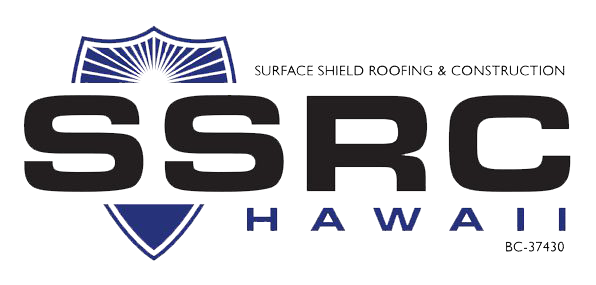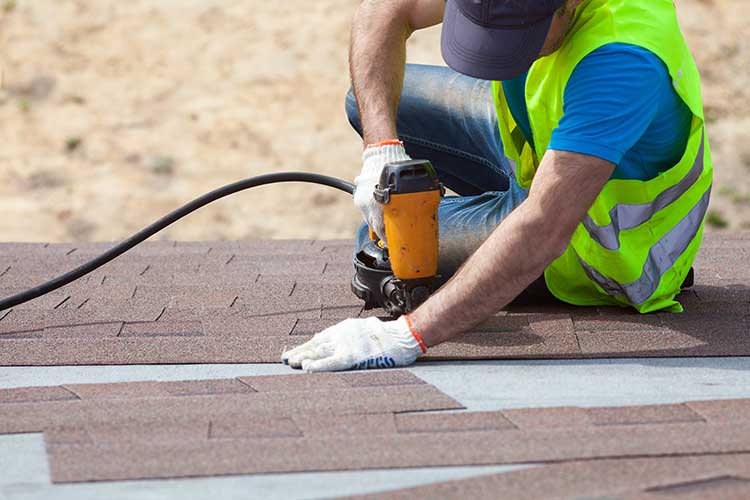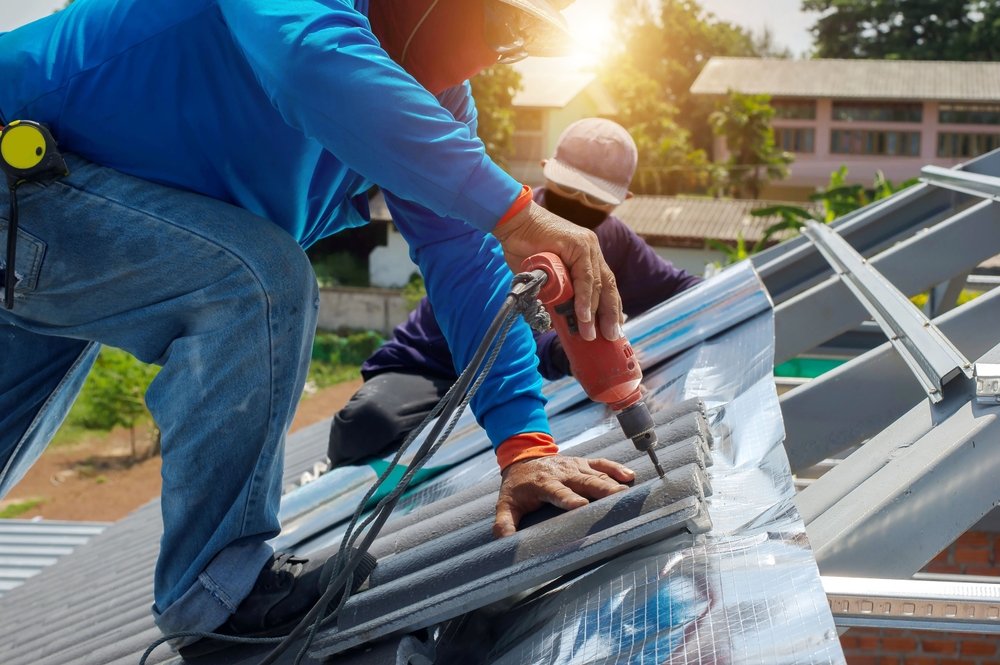Just How to Identify Indications That Common Roof Covering Repair Work Is Required on Your Residential Or Commercial Property
Recognizing indicators that common roofing fixing is needed on your residential property is crucial for preserving the stability of your home. Normal inspections can expose refined indications, such as missing out on or harmed shingles and the presence of granules in rain gutters, which may recommend damage. Additionally, internal signs like water spots or a sagging ceiling can be a sign of underlying leakages. Being cautious concerning these conditions can save home owners from more considerable concerns down the line. Nonetheless, identifying these indicators is just the primary step; recognizing their ramifications is similarly vital.
Missing or Harmed Shingles
Among one of the most noticeable indications of prospective roofing system issues is the visibility of missing out on or damaged tiles. These aspects function as the initial line of defense versus the aspects, and their integrity is crucial for keeping the general health of a roof covering system. When shingles are missing out on, broken, or crinkled, it subjects the underlying layers of the roof to wetness and environmental damages, leading to extra severe difficulties in time.

It is vital to perform routine examinations, especially after extreme weather occasions such as tornados or hailstorm. Home owners ought to seek signs of deterioration, consisting of discoloration, granule loss, or noticeable wear along the sides of the shingles. Furthermore, the visibility of broken or distorted tiles can disrupt the aesthetic allure of a residential property and might signal an urgent demand for repairs.

Leakages and Water Stains

Determining leakages and water spots is important for keeping the honesty of a roof. These indicators often signal underlying issues that, if left unaddressed, can lead to significant structural damages and pricey fixings. Water discolorations normally show up as tarnished patches on ceilings or walls, frequently with a yellow or brown hue, showing that dampness has actually permeated the roofing material.
Inside, look for any indicators of water damages, such as sagging ceilings or peeling off paint. Outdoors, analyze the roofing system for missing out on roof shingles, damaged blinking, or any type of penetrations where water might infiltrate.
Additionally, inspect your attic for proof of moisture or mold and mildew growth, which can better suggest roof leakages. If you discover relentless leakages or water spots, it might be sensible to speak with a professional roofer. Early recognition and prompt repair service of leakages can help maintain the lifespan of your roofing and protect against much more extensive damage.
Moss and Algae Growth
Moss and algae development on a roof covering can significantly compromise its performance and durability. Moss, in specific, can maintain wetness versus roof products, which can add to the degeneration of tiles and underlayment.
Algae, on the other hand, mainly manifests as dark touches on the roof covering surface area. While it may not cause immediate architectural damage, algae can signal underlying concerns such as caught wetness. Additionally, the presence of algae can lessen the visual charm of a home and may lower its market price.
To resolve moss and algae development, it is necessary to execute regular roof evaluations, specifically after periods of heavy rains. By preserving a clean roofing system, residential or commercial property owners can prolong the life expectancy of their roof covering system and preserve their investment.
Sagging Roofing System Deck
The visibility of moss and algae on a roof can indicate underlying problems that news may cause more major problems, such as a drooping roofing system deck. honolulu roofing. A sagging roof covering deck suggests structural weakness and should be addressed without delay to avoid additional damage. This problem usually arises from prolonged moisture exposure, which can weaken the supporting structures, including rafters and trusses
To identify a sagging go to my blog roof deck, inspect the roof from both the exterior and interior. Look for noticeable dips or clinical depressions in the roof covering surface area, along with indicators of water damages, such as discolored ceilings or walls. Interior inspections may disclose a bowing look in the roofline or fractures in the drywall.
One more vital element to observe is the alignment of roof features, such as smokeshafts and vents. If these aspects show up misaligned, it might suggest that the roofing system deck is shifting.
If you spot any indicators of sagging, it is necessary to seek advice from a qualified roof covering specialist. They can evaluate the extent of the damage and recommend needed repair work to recover the roof covering's architectural honesty, guaranteeing the safety and longevity of your residential or commercial property.
Granules in Gutters
In the middle of routine roof upkeep, discovering granules in seamless gutters can work as an essential indication of foreshadowing roof covering problems. Roof covering granules are the protective layer on asphalt tiles, created to shield them from UV rays and weather condition damages. In time, direct exposure to the elements can create these granules to loosen and get rid of, leading to considerable deterioration of the roof product.
The presence of granules in rain gutters often suggests that your tiles are nearing the end of their life expectancy or dig this have actually suffered damage from serious climate condition. If you observe a substantial accumulation of granules, it is necessary to investigate even more. Check your roof covering for signs of bald areas or staining, which can show that the shingles are stopping working.
As tiles shed their granules, they come to be more susceptible to leakages, leading to costly indoor damages. If you consistently find granules in your seamless gutters, get in touch with a roof covering expert to examine the condition of your roofing and identify if repair work or a replacement are necessary.
Conclusion
To conclude, normal assessments of roofing materials are vital for recognizing signs that common roofing fixings may be required. Observing missing out on or damaged shingles, water discolorations, and moss or algae growth can indicate underlying concerns that call for interest. Indications of a drooping roofing system deck and the visibility of granules in rain gutters should not be ignored, as these factors may add to significant damage and costly fixings. Proactive analysis can reduce prospective damages and extend the life-span of the roof.